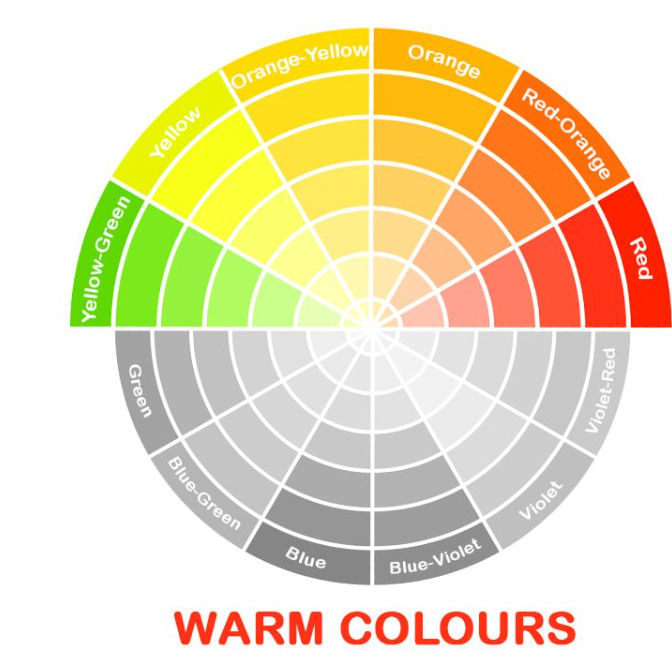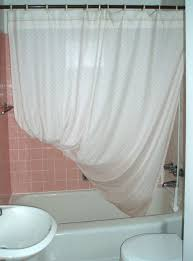Understanding the power of colour theory and making clever use of warm colours is a surefire way to bring pizazz to a creative project. Let’s explore the definition of a warm colour and investigate how you can use this in your next crafty enterprise.
If you would like to have a try at a creative project but are not sure where to start, you might want to consider a handy kit. Companies such as www.woolcouturecompany.com will have a knitting kit that is perfect for helping you to get started on a project without feeling overwhelmed.

What are warm colours?
If we think of a rainbow, warm colours are generally understood to be the top three layers: red, orange and yellow. The other colours in the rainbow – green, blue, purple and pink – are usually considered cool.
However, it is not quite as straightforward as that. All colours can have a warm or cool hue depending on their pigments; for example, a cool yellow could have a greenish base, whereas a warm blue could have a reddish base. If you are working with materials such as wool, a good way to decide whether a shade is warm or cool is to compare it against a different shade of the same colour. You will quickly be able to tell whether a colour has a warmer or cooler edge.
How to use warm colours
Understanding colour theory is a great skill to master to make your work even better. Warm colours make us think of warm things and are considered stimulating, creating feelings of energy, passion, and even increasing appetite. This is why they are often used to decorate busy rooms such as kitchens. Cooler colours, on the other hand, are associated with feelings of relaxation and rest, which is why they are associated with bedrooms.

Mixing tones of warm and cool colours is a great way to add depth to your project. Try using 80 per cent warm and 20 percent cooler colours to make a piece that is beautifully balanced.



